When Sarah Green,* a public servant, gave birth to her daughter last year, she was determined to breastfeed. But no matter how hard she tried, Keria, who had been born with a low birth weight, failed to thrive.
Increasingly worried, Sarah saw an array of health professionals who gave her confusing and contradictory advice. Regular pumping failed to increase her supply. Then a lactation consultant diagnosed Sarah with breast hypoplasia (also known as insufficient glandular tissue), which meant she’d never be able to produce enough milk for her baby.
Switching to formula was an option, but Sarah knew the benefits of breastmilk. When the consultant suggested donor milk, she hesitated, then posted a call out on her local Human Milk 4 Human Babies Facebook group and waited, nervously, for replies.
Women have been sharing breastmilk for millennia, with evidence of wet nursing in Ancient Egypt, Ancient Greece and Rome. Today, with breast pumps, sterilised bottles and the ability to freeze and store expressed breastmilk, women are still engaging in this altruistic trade.
In fact, according to research published in the Australian Feminist Law Journal, the number of women sharing breastmilk, for free, has risen exponentially in the last few years, although it’s difficult to quantify scale. One milk-sharing Facebook group we followed moved 3000 millilitres of milk in a single week, with pleas for urgent donations being swiftly met with offers to help.


There are only six milk banks in Australia and five of them can only supply donor breastmilk to premature babies in a hospital setting. The sixth, a not-for-profit milk bank, supplies milk for $25 per 100mls. A network of Facebook groups in every state – including local chapters of international networks such as Human Milk 4 Human Babies and Eats on Feets –makes up an ad-hoc system of milk sharing that spans the country.
But while these groups have in excess of 10,000 members across the country, no one is actually keeping track of their activities.
This is a situation that researcher Dr Neera Bhatia, an associate professor of Law at Deakin University, would like to change. In her co-authored paper, White Gold on the Black Market: The Need for Regulation of Banking and Donation of Human Milk in Australia, she argues there is a need for informal breastmilk sharing to be regulated and calls for action. “We are currently in a vacuum – a legal limbo,” she says. “This is concerning given that [breastmilk] is a substance that is consumed, and consumed by some of our most vulnerable citizens: infants.”
Within hours of posting her request to the Human Milk 4 Human Babies, Sarah had received several responses. She picked the donor whose baby was the closest in age to Keria and arranged a time to collect the milk. The donor was just a twenty-minute drive away.
“When we met she [the donor] gave me a brief overview of her diet,” says Sarah. “She wasn’t on any medications and assured me she didn’t have any breastmilk transmittable diseases so that reassurance was great.
“Even after I’d picked up my first bag of breastmilk bags, it took me a week before I felt comfortable giving it to my baby,” she adds. “But once the anxiety settled I was happy with my decision. There is a level of mother-to-mother trust.”
A legal grey area
In Australia, it’s illegal to sell body parts such as sperm, eggs and organs. However, the law is less clear when it comes to breastmilk and there is no specific legislation or regulation that applies. To further complicate the situation, the way that breastmilk is defined varies from state to state.
While there is not much evidence of a ‘breastmilk black market’, the practice of sharing milk altruistically is widespread. So why aren’t we talking about it? Dr Julie Smith, an honorary associate professor with the Australian National University’s College of Health and Medicine thinks that one reason is the legal ambiguity. “There is confusion and uncertainty about the law,” she says.
Certainly many women, outside the safety of closed social media groups, are reluctant to talk about their decision. Sarah says that while she was very grateful to receive donor milk, she was hesitant to talk about it.
“I just felt like I had to defend my decision and that people assumed I thought that formula was bad. My baby was also getting formula [Sarah fed her daughter a mixture of her own breast milk, donor breast milk and formula] – I don’t think it’s bad, breastmilk just has more benefits.”
There is confusion and uncertainty about the law
Over the past few years, the idea that ‘breast is best’ has been promulgated by health professionals keen to encourage more women to breastfeed. Pinky McKay is an International Board Certified Lactation Consultant and author of the best-selling book Parenting by Heart. She says that breastmilk is a living fluid that is rich in immune cells, stem cells, antibodies, digestive enzymes and hormones that are important to the immune system, gut health and brain development.
“Compared with infant formula, it is more easily digested and research shows that human donor milk can reduce the risk of infections and severe gut disorders in premature and low birth weight babies,” she adds.
That’s why the World Health Organisation advises that non-breastfed babies and infants should be given access to donor breastmilk, both in the hospital and at home. But in Australia, access to donor milk via official channels is restricted to sick or premature babies in neonatal intensive care.
In the decades that McKay has been working as a lactation consultant, she’s seen an array of situations in which families have sought donor milk. The list includes women with low milk supply, women who’ve had a double mastectomy, non-birthing parents who’ve had a baby via surrogacy or adoption and mothers who need treatment or medications that could be harmful to the baby.
McKay recalls that in the 1970s and ’80s, before HIV, it was common practice for maternity wards to pool breastmilk for premature babies. “I remember ‘scalding’ breastmilk [a bottle of breastmilk would be popped into a pot of water, brought to bubbling hot, then cooled to ‘kill’ potential germs] in a NICU when I was a student nurse so it could be sterilised,” she says.
Research shows that human donor milk can reduce the risk of infections
These days, pasteurisation eliminates the risks of harmful bacteria, but the treatment of donor milk is just one step taken by human milk banks. Mothers Milk Bank Charity, Australia’s only community-based milk bank, screens potential donors via blood tests and lifestyle questionnaires and thorough records are kept. Donated milk is then independently microbiology tested before and after pasteurisation to ensure it is safe for babies.
It’s an expensive process. In fact, to cover their costs, Mothers Milk Bank Charity charges a fee of $25 per 100mls. “The breastmilk itself is free,” reiterates Annie Allardyce, General Manager of Mothers Milk Bank Charity. “The cost is to cover our processing costs. We’re a not-for-profit charity and do not make any money from it.”
Even so, the fees are out of reach for a lot of families. Sarah contacted the Mothers Milk Bank, but while she was reassured by the process, the cost was prohibitive. “It was going to cost me about $100 a day based on my daughter’s milk intake,” she says.
So what are the downsides of informal milk sharing? Researchers from Monash University’s Bioethics Centre warn that unscreened breastmilk can transmit infectious diseases as well as medications and illegal drugs. Undoubtedly, the biggest risk is HIV, which can be transmitted through breast milk, however, it’s worth noting that women giving birth in the Australian health system are tested for HIV during their pregnancy and advised not to breastfeed.
It was going to cost me about $100 a day based on my daughter’s milk intake
At the less extreme end, breastmilk that has been expressed without good hygiene practices (for example, using an unsterilised breast pump) could contain harmful bacteria.
Sharing groups such as HM4HB and Eats on Feets provide a forum for women who need donor milk to connect with women that have an abundant supply. However, they don’t get involved in the logistics of matching donors with recipients.
Erin Brook is an admin for the NSW Eats on Feets Facebook group. “We monitor posts to ensure our page guidelines are being met, we post milk-sharing awareness posts and we post safe milk-sharing information that is directly sourced from our informed milk-sharing resource,” she explains.
The guidelines include informed choice, donor screening (for example, talking about lifestyle and habits), and safe handling.
When it comes to transporting milk, donors and recipients are left to make their own arrangements. Kerry Sutton, who lives in Alligator Creek, on the south side of Townsville, fed her son, Arlen, donor milk for the first two years of his life. During that time she often crisscrossed the city to collect donor milk.
“I travelled to the Northern Beaches, out to Kelso, and all sorts of places to collect milk for Arlen. Some were regular donors, some were one-offs, but all were so wonderful to us,” she says. “A beautiful lady sent milk over to us on the ferry from Magnetic Island. The note she included is still in Arlen’s baby book and we are still friends today.”
In the two years that Kerry used donor milk, there were only two occasions when she decided not to give Arlen the milk she’d collected. “It wasn’t a reflection on them as a person, just their lifestyle and hygiene standards appeared to be different to ours,” she explains.
One way of mitigating the risks of ad hoc donations of breast milk would be to expand the network of milk banks such as Mothers Milk. The Australian Red Cross Lifeblood scheme already collects and screens donated milk, but only in metropolitan Sydney, Brisbane and Adelaide, and it’s only available for premature babies.
A beautiful lady sent milk over to us on the ferry from Magnetic Island
In her paper, Dr Neera Bhatia calls for action. “The lack of milk banks is an issue that requires broad public policy attention and must be taken seriously as a public health concern,” she says.
However, Dr Julie Smith says many of the risks of informal milk sharing can be mitigated and it’s important to keep things in perspective. “The comparative risks and possible harms of milk sharing are pretty low compared to the known health risks of not breastfeeding for most infants,” she says.
Dr Smith, who notes there is evidence of a strong ethic of care between donors and recipients, advocates for free breastmilk testing (or health screening for donors), and would also like to see official guidelines for expressing and storing breastmilk extended to milk sharing.
“The National Health and Medical Research Council has good evidence-based guidelines on infant feeding that could be revised to incorporate the possibility that women are expressing milk for other women,” she says.
Sarah, who is about to celebrate Keria’s first birthday, says that she is very grateful for all the milk donations she received. “It was such an emotional roller coaster and I’ll never forget how hard it was for me, but I’ll also never forget the amazing generosity of the mothers who give their milk to help so many babies and families.”
*surname changed for privacy
Getty Images




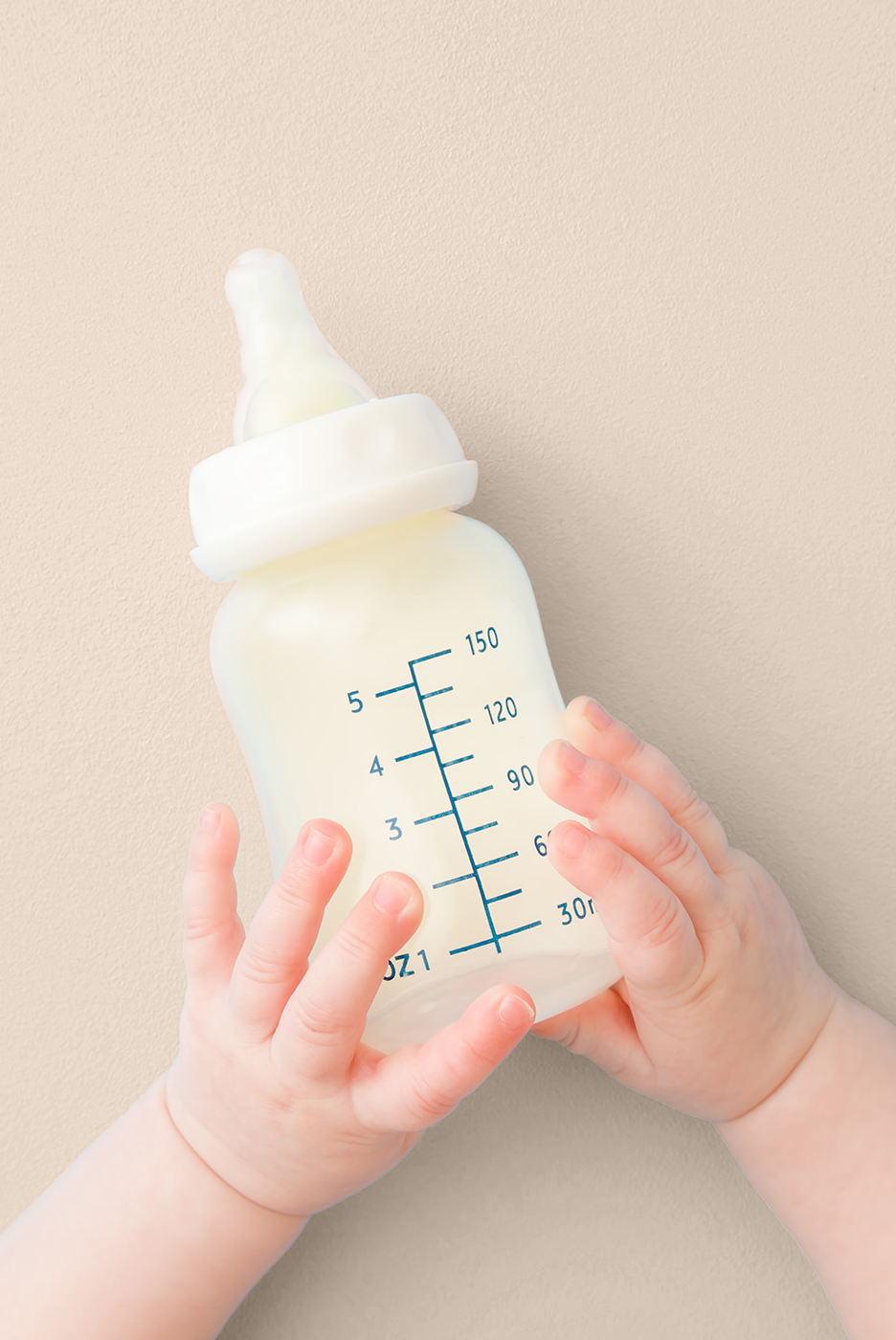
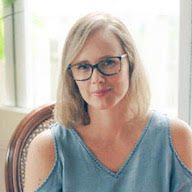


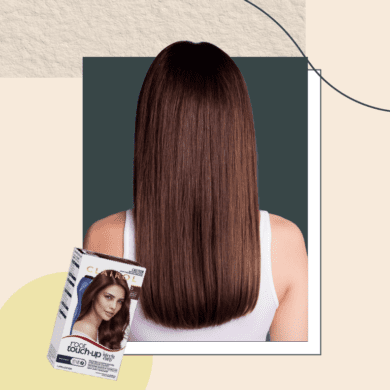
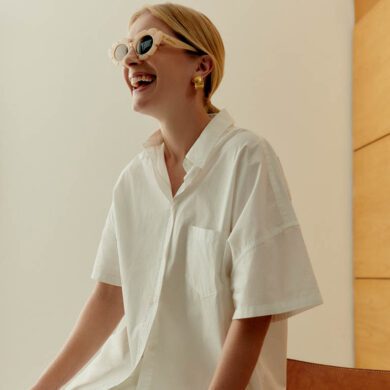
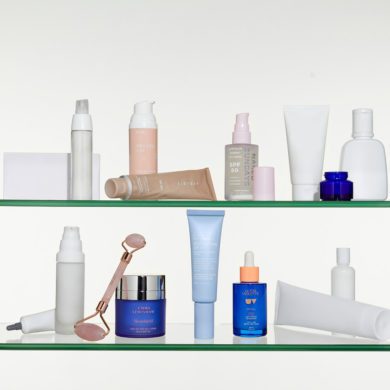
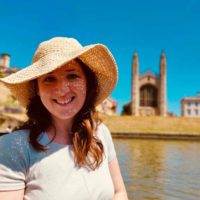

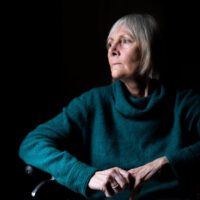
No Comments